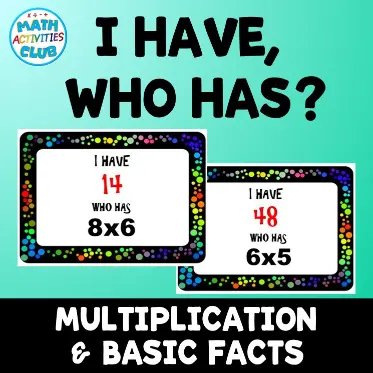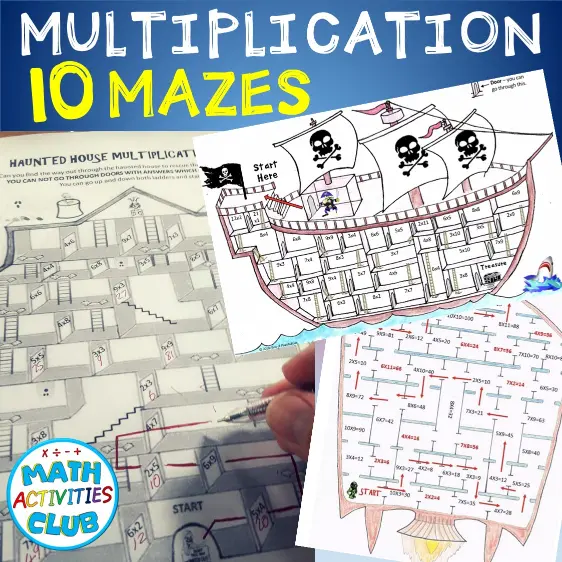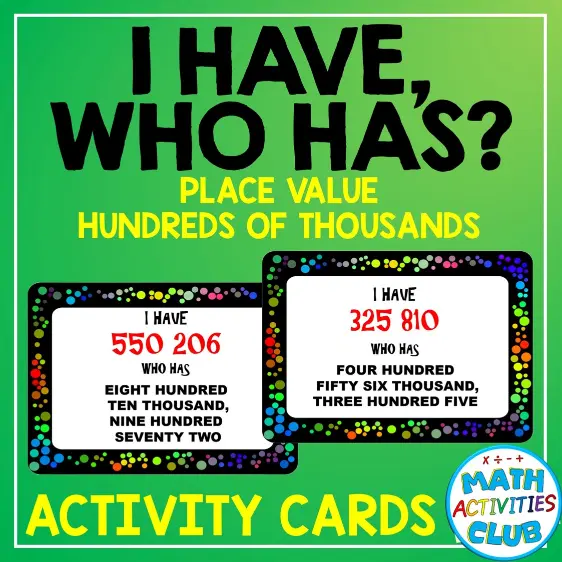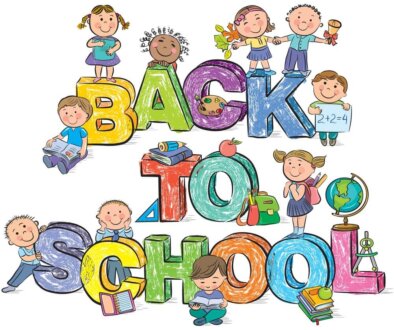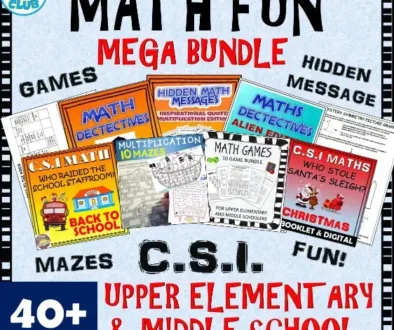5 Math Starters for Your Classroom

When we exercise or play sports we usually start with a warm-up or set of stretches, to help our muscles prepare for the more strenuous activity to come. It also makes sense to do this for our brain which is why I think it is a great idea to do a quick math warm-up or starter with your class before diving into more focused math work. There are many different options or ways of doing this, you can go over general number knowledge, or perhaps you want to go over something you did earlier in the year with your students.
Whatever you choose I think it helps if it is a fun, non-threatening warm-up for your students to help get their brain juices flowing. I think it is a great idea to mix it up a bit throughout the week, and I have expanded 5 of my favourite math starters below.
1. Multiplication/Basic Facts Bingo: This is one of my favourites as it requires the students to use mental math and it can be used with a range of math problems if you get creative. It suits multiplication and division problems but I mostly use it with a range of basic facts, including subtraction and addition. If you are doing basic facts bingo simply get the students to draw up a square, as shown in the picture to the right. In the square tell the students to put any numbers, (I usually say under 60, or under 100 if you want the game to last longer). To play all need to do is say a question out loud, such as 6×5, and if any of your kids have 30, they cross that number off their bingo sheet. Just like in real bingo the first kid to fill in all the numbers on their sheet wins. You don’t have to give them any prize, but can give them a small winning if you want, perhaps 5mins extra free time, or something from a small bag of goodies.
The tricky part for you will be to keep track of what numbers have already been said, so make sure you write down what numbers have been. I usually like to quickly write down a set of 20-30 math questions before I start which I can follow along and hopefully reduce my confusion. A set of pre-written bingo number sheets can be found in my math game bundle.
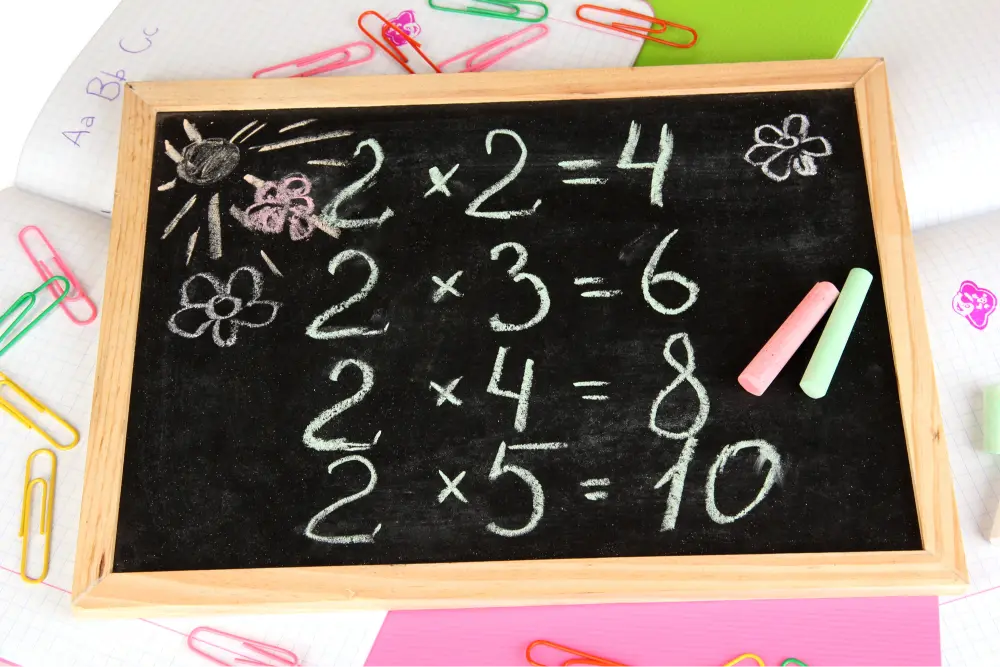
2. Greedy Pig: This is a fun one to play a few times with your class.
This turn-based game can be played in pairs or as a whole class. All you need to play this game is one normal 6-sided die.
For each turn keep rolling the dice, adding up the numbers as you go along. You can stop at any time you want and add the total to your score. If you don’t stop before you roll a 1 your score for that turn will be 0.
At the end of your turn write down your new total score and then the next player goes. Each player has 10 turns each and the person with the highest total wins.
To Play as a whole class: Have all the students stand up and roll a class die. Students keep adding up the die total in their heads until they want to sit down and record an amount for that turn. Again if the class die rolls a 1 then all students still standing get 0 for that turn. – Play for as many turns as you want then student with highest total wins.
Teacher Tips:
Have a couple of practice rounds so students understand the game. (make sure students understand the difference between a turn and a roll of the die).
Get the students to come up with strategies and discuss as opposed to just feelings of luck.
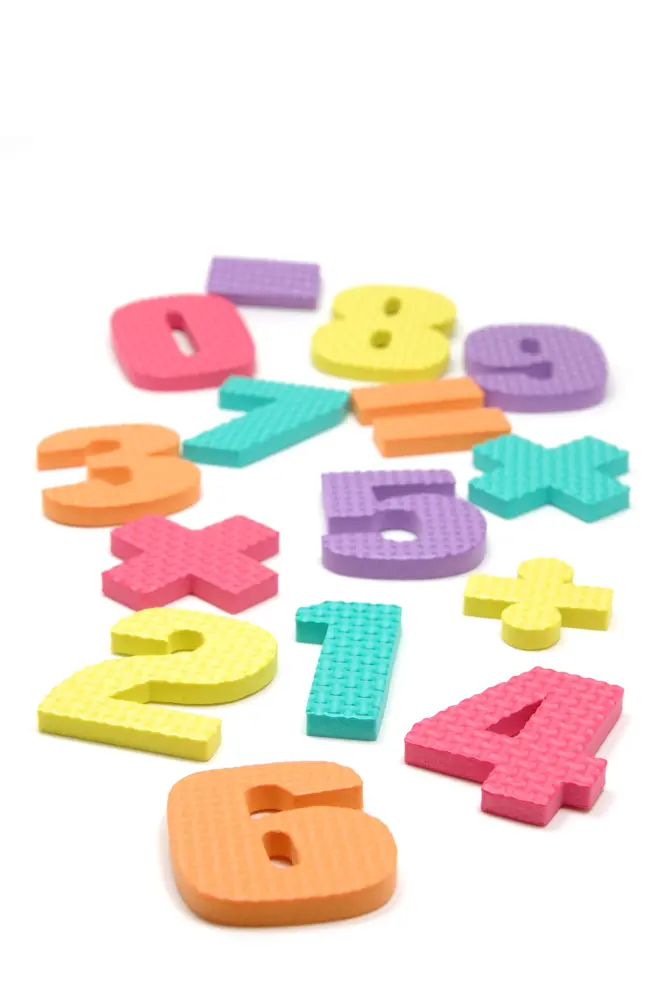
3. Number of the Day. This one is less of a game, but is great if your short on time or just want to get your kids focused. There are a few ways of doing this, with the most simple one being to just choose a random number and then add a bunch of tasks that your students have to do with that number. This is great because you can adjust the difficulty of this task to suit your students. Ideas you could use with your kids include;
*Write the number in word format.
*Multiply, divide, add or subtract it from another number.
*Write 3 ways you can get the number through multiplication.
*How many hundreds, or tens etc are in the number.
*Write a word problem with the number.
*Draw the number with 10’s and 1 cubes.
*Find the multiples of the number.
*Instead of whole numbers you could use decimals, fractions, or percentages to make it harder.
4. Beat the Teacher.
Hand out one playing grid to each student, or else get them to draw their own. For this activity you will need a deck of cards. Take out all of the picture cards from a deck of cards & then shuffles the remaining cards.
Flip over one card at a time & calls out what it is to the whole class. If a 10 is flipped then call it out as a ’0′.
Students write the number called out in one of the columns. The aim of the game is to get the highest number possible. They need to decide where the best place it should go is. The teacher will also do the same but without letting the students see.
Draw out 6 cards so you have a number in each column.
The teacher reveals their number to the class. If a student has a higher number than the teacher they receive 5 points. If it is the same, 3 points. If it is less, 0 points.
If the teacher gets a higher number than all of the students they receive 20 points!
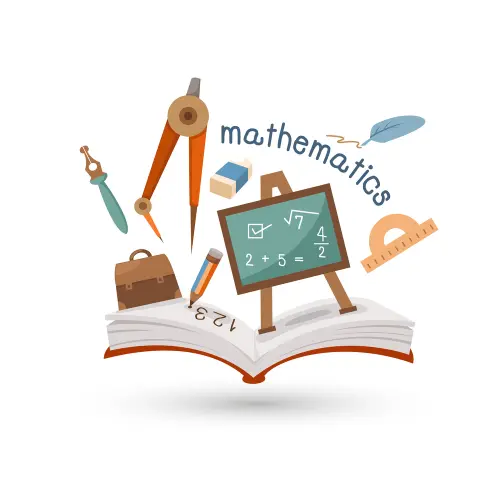
5. The Probability Game: This game can be done with two players through to the whole class.
In this game two dice will be rolled. After each roll the numbers are added together. Before the game starts have the students fill out the estimate column stating how often they think the dice will add up to a certain number with 20 rolls. The total amount of estimates must equal 20 and be spread over the numbers. So if they think the dice will add up to five 3 times they put a 3 next to the five in the estimate column.
After each roll students either mark off a number or miss a turn.
Once a number has been rolled the same amount of times as a student estimate then they must cross this number off their list and must miss a turn if this total is rolled again. For example if a student estimate the total will be 2 only once, but it comes up twice they have to miss the second turn.
After 20 rolls winner is the person who has crossed off the most numbers, or you can carry on until the first student has crossed off all their numbers.

OTHER IDEAS
These are just five of my favourite starter ideas, however there are plenty more options available to you such these ‘I have who has games’, or these multiplication mazes which are great to use as either a warm-up or early finisher activity.


